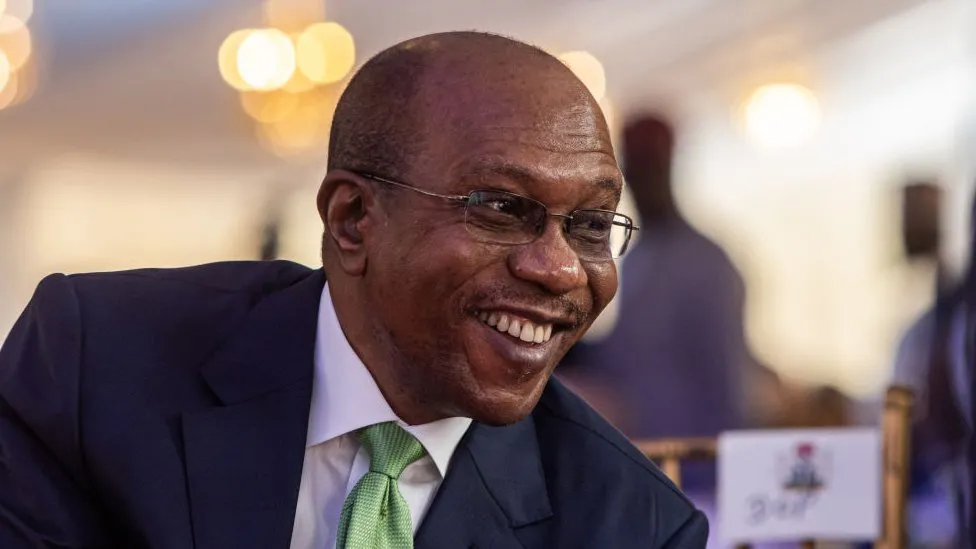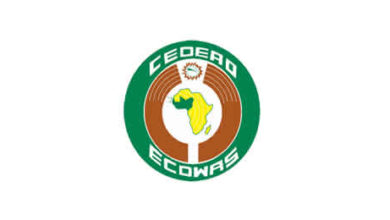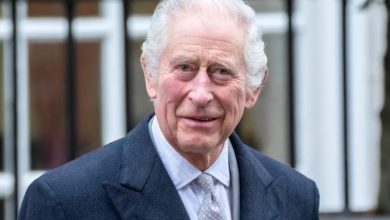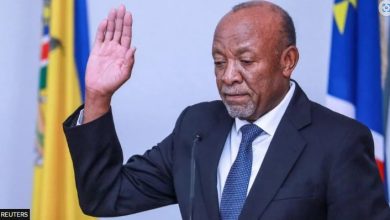Sri Lanka protests: President Rajapaksa leaves Maldives for Singapore
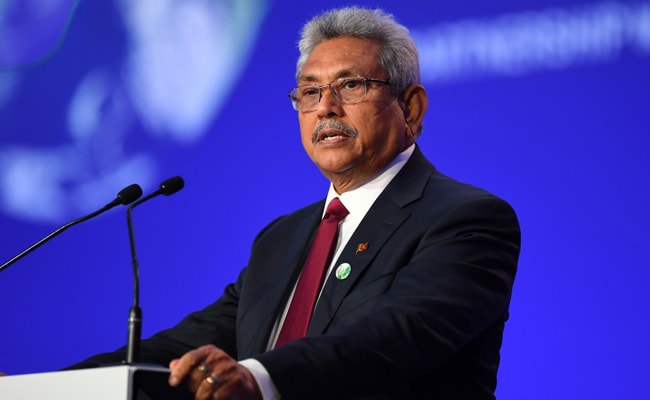
Sri Lankan President Gotabaya Rajapaksa has left the Maldives on a Saudi airlines flight bound for Singapore, sources have told the BBC.
The president had fled to the Maldives a day earlier amid mass protests over Sri Lanka’s economic crisis.
It is not clear if Mr Rajapaksa will stay in Singapore or whether he will use it as a layover destination.
He had previously pledged to resign by Wednesday but has failed to submit a formal resignation so far.
The leader, who as president enjoyed immunity from prosecution, is believed to have wanted to flee abroad before stepping down to avoid the possibility of arrest by the new administration.
It comes as Acting President Ranil Wickremesinghe on Thursday imposed a curfew for a second day. His government ordered a curfew from noon (06:30 GMT) to 05:00 Friday to quell protests.
Mr Wickremesinghe was appointed acting president after President Rajapaksa fled – but the decision triggered further protests demanding that he also resign.
One person died and 84 others were injured after Wednesday’s protests, which took place at key landmarks around the capital of Colombo, including the prime minister’s office.
Major demonstrations since April over the country’s economic crisis have escalated this past week, after protesters broke into the presidential palace on Saturday and set fire to the prime minister’s private home.
On Wednesday, police fired tear gas at protesters who attempted to break down the gates of the prime minister’s office in Colombo, before finally making their way in. They later made their way towards parliament.
By Thursday, a spokesperson for the protesters said they would withdraw from these official buildings. There were no protesters in parliament on Thursday afternoon when the BBC arrived.
Sri Lanka has seen its economy collapse and the cost of food, fuel and other basic supplies skyrocket for ordinary people.
Many blame the Rajapaksa administration for mishandling the crisis and see Mr Wickremesinghe, who became prime minister in May, as part of the problem.
The president’s departure has created a threatening power vacuum in Sri Lanka, which needs a functioning government to help dig it out of financial ruin.
Politicians from other parties have been talking about forming a new unity government but there is no sign they are near agreement yet. It’s also not clear if the public will accept what they come up with.
- Sri Lanka: The basics
- Sri Lanka is an island nation off southern India: It won independence from British rule in 1948. Three ethnic groups – Sinhalese, Tamil and Muslim – make up 99% of the country’s 22 million population.
- One family of brothers has dominated for years: Mahinda Rajapaksa became a hero among the majority Sinhalese in 2009 when his government defeated Tamil separatist rebels after years of bitter and bloody civil war.
- His brother Gotabaya, who was defence secretary at the time, is the current president but says he is standing down.
- Presidential powers: The president is the head of state, government and the military in Sri Lanka but does share a lot of executive responsibilities with the prime minister, who heads up the ruling party in parliament.
- Now an economic crisis has led to fury on the streets: Soaring inflation has meant some foods, medication and fuel are in short supply, there are rolling blackouts and ordinary people have taken to the streets in anger with many blaming the Rajapaksa family and their government for the situation.


